begin quote from:
https://www.cnn.com/travel/worlds-most-shark-filled-waters-scn/index.html
The world’s most shark-filled waters
The world's shark hotspots
This time of year, the shark-related news stories start to circle. New York increases patrols after five bites in two days; a shiver of at least 50 sharks is filmed off Long Island; beachgoers spot a shark swimming near a crowded Florida shore.
Despite our fearful fascination with these majestic beasts of the ocean, the chances of one of those needle-like teeth ever puncturing your skin are staggeringly low: more than one in four million, according to the International Shark Attack File (ISAF), the world’s most comprehensive database of all known shark attacks.
The 35th official Shark Week takes place from July 23 to July 29 on the Discovery Channel and aims to increase conversation and education about these ancient marine predators that are key to the health of the ocean. (Discovery Channel and CNN share parent company Warner Bros. Discovery.)
There were just 57 confirmed unprovoked shark attacks last year, out of a global population of 8 billion, five of which were fatal. However, some places around the world have much higher rates of shark attacks than others, with the numbers rising with the passing years.
Let’s take a look at the locations worldwide with the highest rates of shark attacks between 2012 and 2021 and the reasons they’ve become hot spots.
Florida (259 bites)
The absolute prime time, location and activity for a shark bite encounter would be to go surfing in Florida’s Volusia County between 2 p.m. and 3 p.m. on a September afternoon, according to ISAF stats.
Volusia, home to world-famous Daytona Beach, has the dubious honor of being known as the “shark bite capital of the world.” New Smyrna Beach, just south of the city, is an epicenter of shark activity.
Australia (143 bites)
In 2022, there were nine unprovoked incidents in Australia: four in New South Wales, four in Western Australia and a single incident in Victoria.
Worldwide, bite victims are most commonly atop the water on a surf board, water skis or other flotation device at the time of the attack. “Try to avoid splashing at the surface, because it generates sounds that are reminiscent of struggling fishes,” says Gavin Naylor, director of the Florida Program for Shark Research, in the Florida Museum’s advice to swimmers.
Hawaii (76 bites)
Maui is the second-largest of Hawaii’s islands, but it’s by the far the liveliest when it comes to human-shark encounters. A big factor in this is the unique underwater terrain: Maui’s gently sloping insular shelf habitats are particularly enticing to tiger sharks.
Fishing is, unsurprisingly, another higher-risk activity in waters in which sharks dwell. In May 2023, a kayaker fishing in shallow waters offshore in Windward Oahu, Hawaii, when a tiger shark slammed into his boat (see the video above).
South Africa (29 bites)
South Africa had 29 unprovoked shark bites between 2012 and 2021, of which six were fatal. Western Cape, which includes the Gansbaai Coast, has the most recently recorded attacks. Gansbaai has traditionally been a spot for sighting great white sharks, but in recent years they’ve been driven off by orcas, according to recent reports.
The ISAF points out that it’s very hard to positively identify species involved in attacks, due to victims being understandably distracted in the heat of the encounter, but white sharks are the species that have been most commonly implicated.
South Carolina (45 bites)
None of the 45 unprovoked attacks in South Carolina in the decade-long time frame were fatal. Charleston, Horry and Beaufort were the site of the majority of incidents.
“If you’re going to the ocean, you have to assume you could encounter a shark regardless of when or where that is,” Neil Hammerschlag, director of the Shark Research and Conservation Program at the University of Miami Rosenstiel School, told CNN for our story on how to survive a shark attack. “Fortunately, humans aren’t on the menu, and also fortunately, sharks tend to avoid people.”
California (29 bites)
San Diego is the shark bite hot spot of California, with 20 confirmed unprovoked shark attacks since 1926.
Although the stats might show that attacks peak on summer afternoons due to the sheer volume of people cavorting in the water, the real times to avoid are dawn and dusk. “A lot of shark attacks are cases of mistaken identity, due to reduced visibility and identification ability on the behalf of the shark,” Richard Peirce, an author, shark expert and former chair of the UK-based Shark Trust and Shark Conservation Society, told CNN.
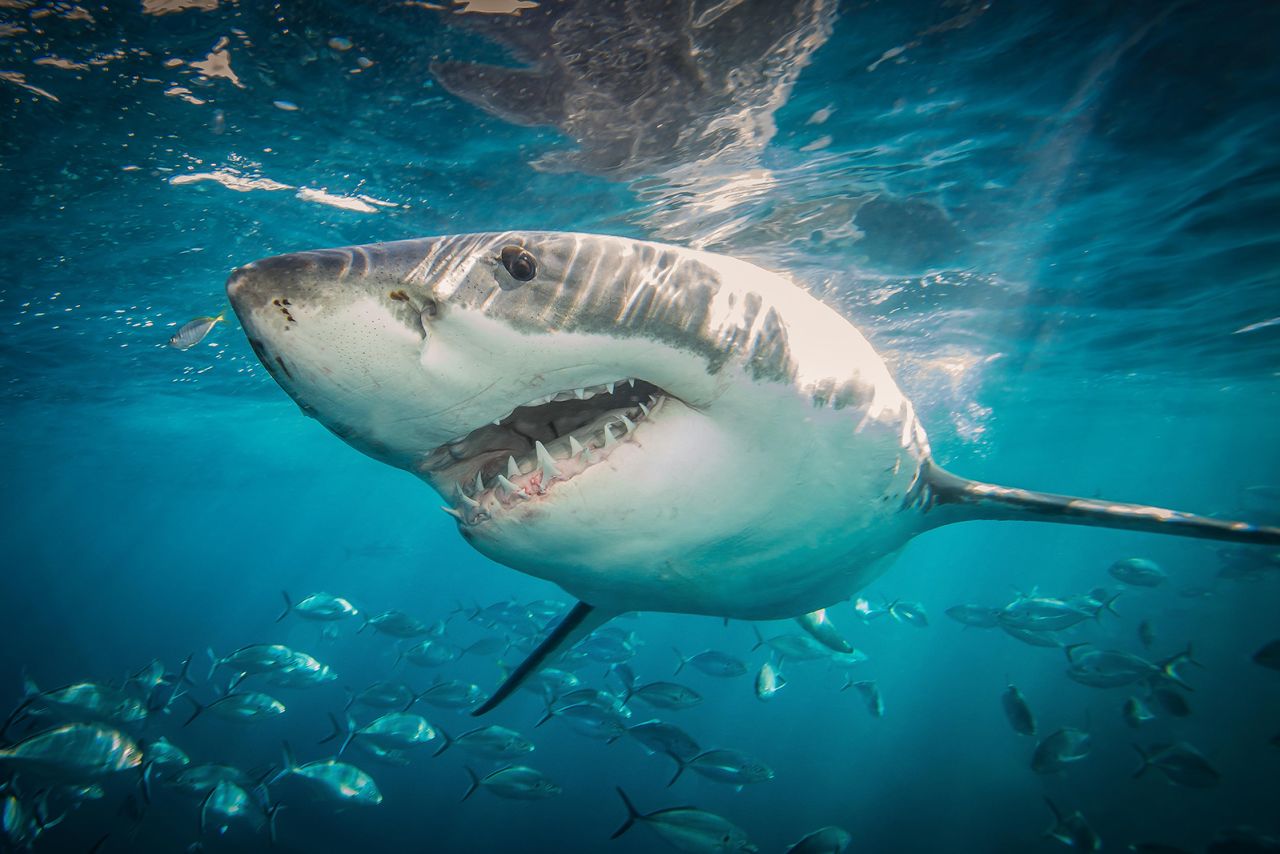
North Carolina (31 bites)
Brunswick County, on North Carolina’s southeast corner, is brimful of beaches and is therefore unsurprisingly the region with the highest number of recorded attacks: 17 of them since 1935.
North Carolina’s coastal waters lie on an important migration route for marine species, writes Chuck Bangley in North Carolina Sea Grant’s “Coastwatch,” which means most types of shark dwelling on the US east coast will pass through here at some point of the year.
Réunion Island (19 bites)
Lying in the Indian Ocean between Madagascar and Mauritius, Réunion is a rainforested volcanic island teeming with wildlife, including plenty of sharks around its crystal-blue shores.
Between 2012 and 2021, there were eight fatal attacks here, meaning that by some measures this island is one of the deadliest places on Earth in terms of shark encounters. Geography plays its role here: Réunion Island lies on what’s been dubbed a “shark highway” between the shark-rich waters of Australia and South Africa, meaning human adventurers in the Indian Ocean may as well be opening the porch door and walking straight into the sharks’ front room.
Brazil (10 bites)
The state of Pernambuco in northeast Brazil is home to buzzing Boa Viagem Beach as well as the Fernando de Noronha archipelago of 21 islands and islets. And it also has nearly six times as many shark encounters as anywhere else in the country. An April 2023 study by the International Journal of Oceanography and Aquaculture reports that the local government is looking to fund scientific research to investigate the “huge number of unprovoked shark attacks [that] have suddenly started at Pernambuco’s inshore waters” since the 1990s.
Bahamas (5 bites)
Nurse sharks are a largely unaggressive, docile species, which means that swimming alongside them is a popular tourist activity in the Bahamas. However, they’re big fellas – growing to up to 14 feet in length – and, as is to be expected with wild creatures, attacks do happen on very rare occasions.
Instagram model Katarina Zarutskie found that out when she waded in alongside them in Staniel Cay in 2018 and one clamped its strong jaw around her arm. “All of a sudden it felt like 15 people were squeezing on my wrist really, really, really hard,” Zarutskie told CNN. “Next thing I knew I was underwater.”

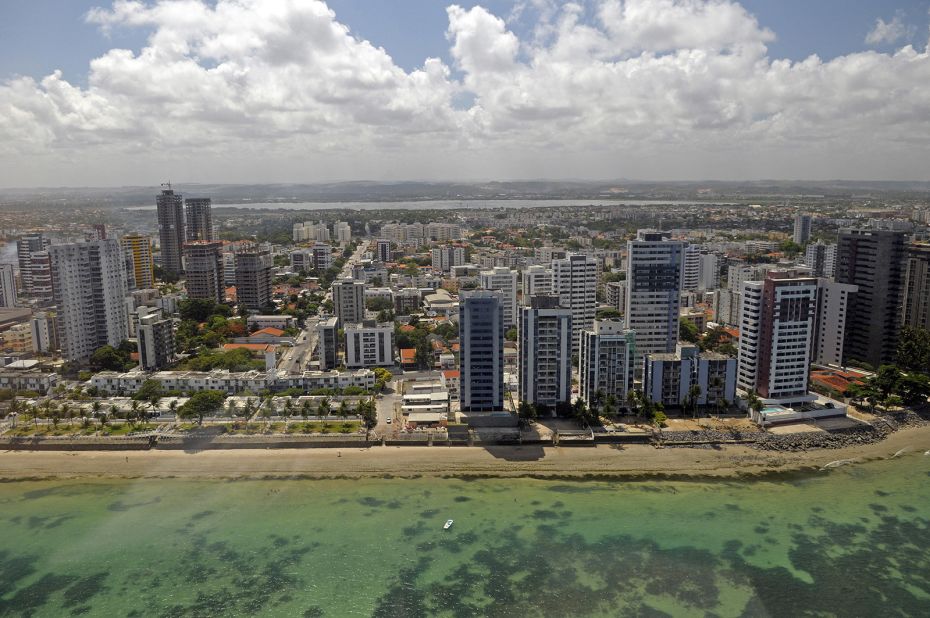
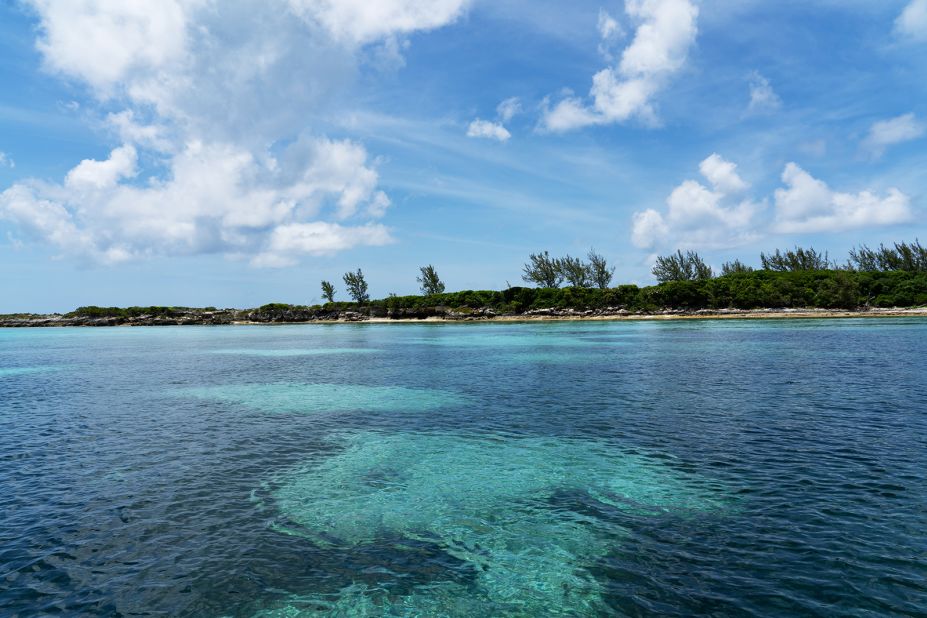
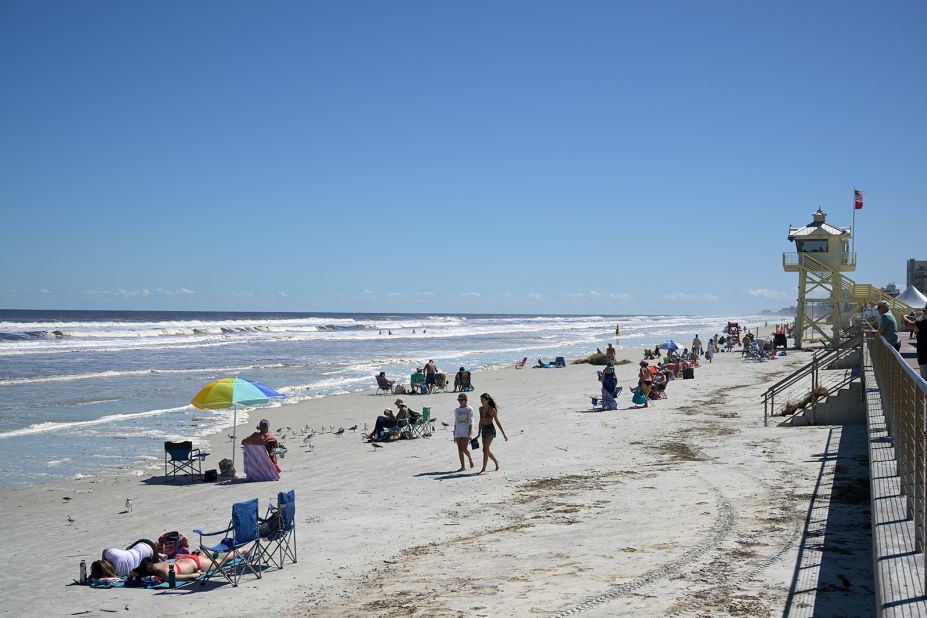
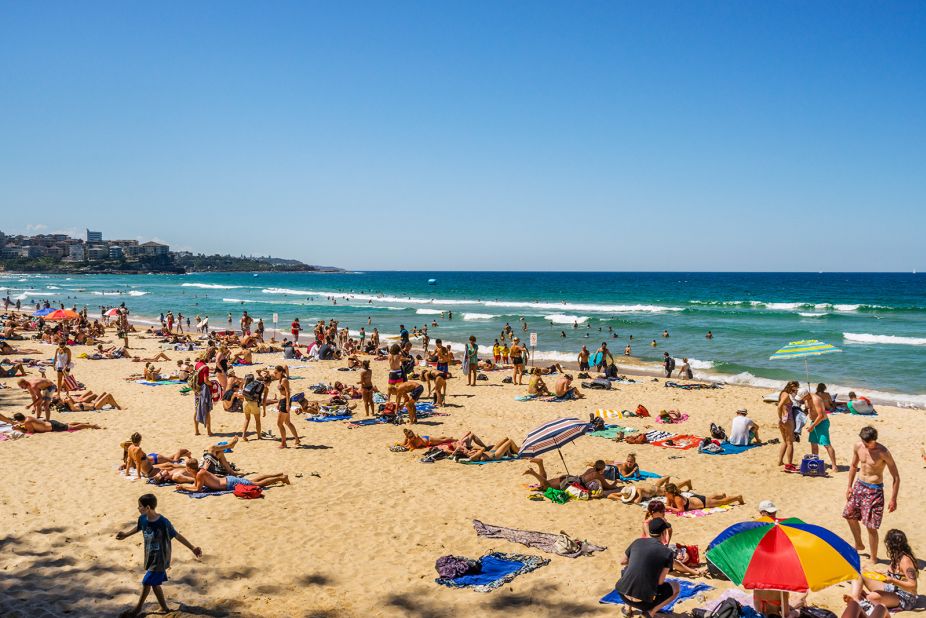
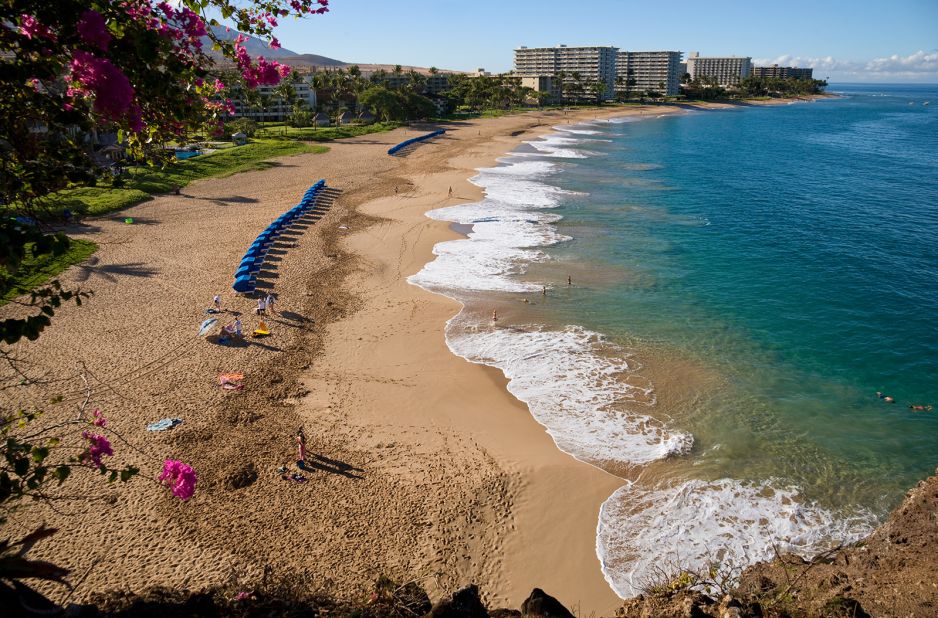
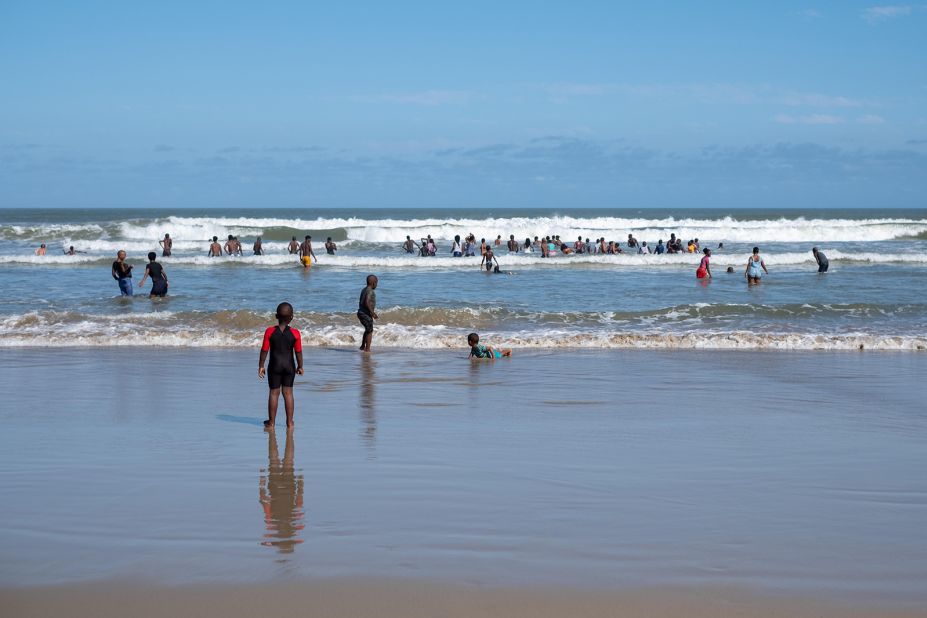
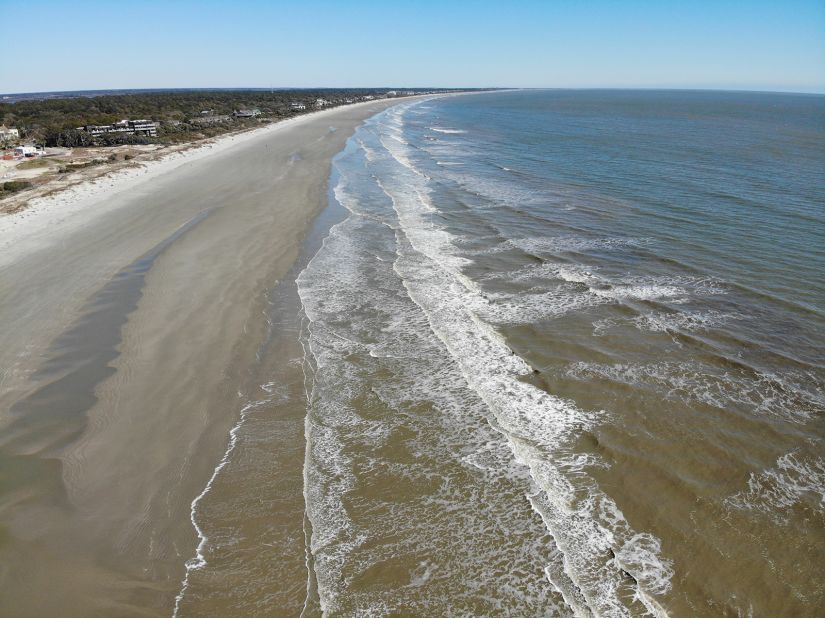

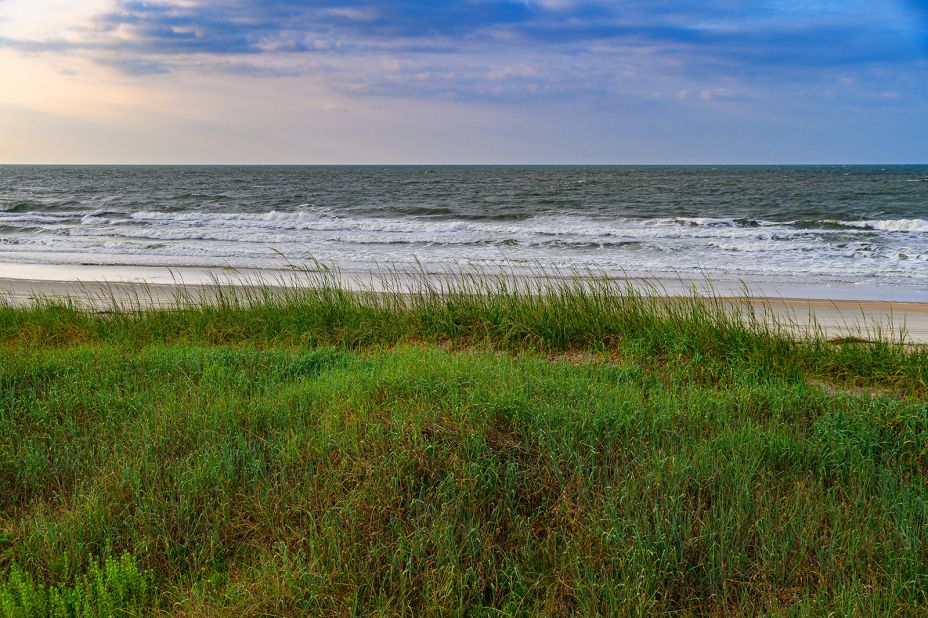
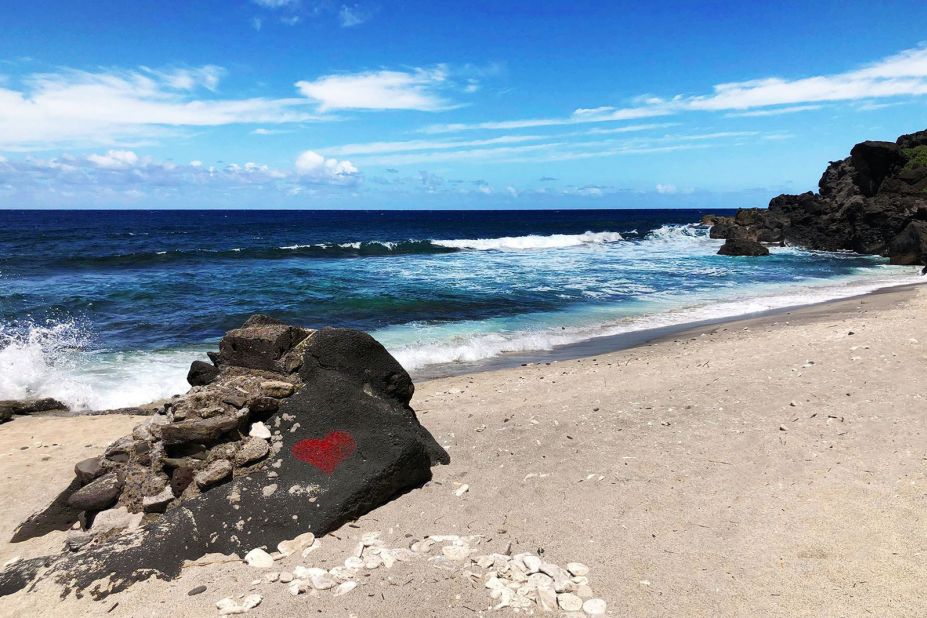
No comments:
Post a Comment